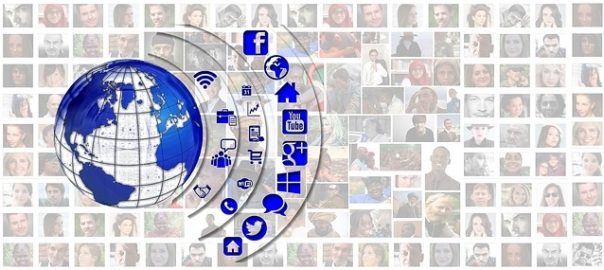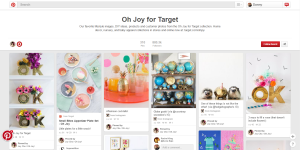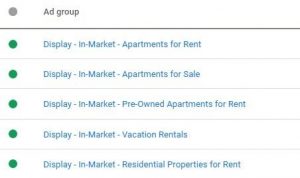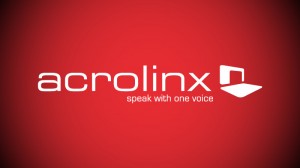— October 27, 2017
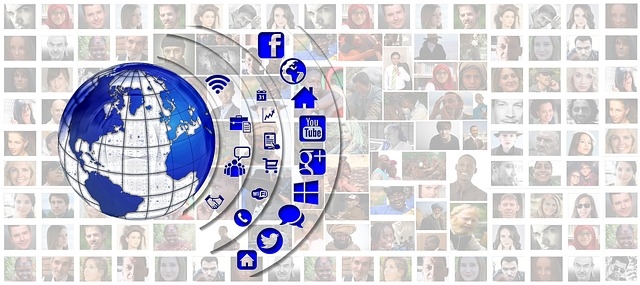
geralt / Pixabay
Your social media channels have security risks which you must deal with. As a communicator, you’re probably not thinking too hard about what can leak out of your social media. In order to be responsible you must attempt to plug up these leaks so that the people you are communicating with continue to trust you.
I’m going to look at these risks and to give you the tools to minimize them. You may never eliminate them 100%, but you can get very close if you follow all of the points below.
Stopping brute force hacks
Brute force hacks are when hackers use password cracking tools. These tools guess thousands of passwords per second until they find the correct one. Commonly, they will use known passwords from previous hacks, as well as combinations of common words.
They will use these to crack the password for your Twitter, Facebook, Instagram, and other social channels. The way that you are going to stop them is by using strong passwords. To give you an idea, here are some tips for creating strong passwords:
- Use upper and lowercase letters
- Use numbers and symbols
- Stop using words and instead use phrases
Do not pick and choose from the list above, use all three tips each time you create a password.
Stopping multiple account hacks
A frequent issue is a hacker will get hold of one of your passwords on another account, perhaps an older one that you no longer use. They will then use this password across all of your other accounts until they get a match.
You are going to stop hackers by using a different password for every account. If they get access to one password, they only get access to that one account. Remembering all of these passwords doesn’t like fun, does it? Fortunately, you can use one of these password management tools to help you create and store all of these passwords:
Each one that will work with one master password that will unlock all of your other passwords. Your other passwords are stored in an encrypted storage space so that hackers cannot access them.
Protecting your remote employees
When we are talking about social media we are talking about something that does not just happen in the office. People frequently go out into the world to report on things in your industry and broadcast your events.
This leads to risks when they connect to public Wi-Fi. Hackers will frequently set up man in the middle attacks where they create their own Wi-Fi network and then eavesdrop on it. The way that you are going to stop this is with encryption.
The easiest way to get encryption is with a VPN such as IPVanishVPN. Here is how it will work:
- Your employee well prepare the social media content they want to share from a remote location.
- The employee will connect to a Wi-Fi network.
- Immediately upon connecting the employee will connect to their VPN. This will now encrypt everything that they send over the network.
- The employee can now freely share everything on social media they want without fear that data or passwords will be stolen.
This type of corporate espionage can be highly targeted to events such as conferences. Your employees won’t even know that it has happened if they do not protect themselves.
Using social media management dashboards
An easy way to protect your main accounts is to never give them to anyone. Instead, connect to to your main accounts to a social media dashboard management system. This way, you will only have to create one account for your employees to manage multiple accounts. When those employees are terminated, you only have to take him off of that one account rather than many.
The most popular tools for this include:
Each of these tools will allow you to manage multiple social channel profiles through a single dashboard.
Better communication on support channels
Clearly showing your customers where they should actually get support is important. You don’t want to get into a situation where people do not know how to communicate with you properly, and wind up sharing their banking and credit card details with you through Twitter.
You are going to be much better off pointing them towards your dedicated customer support channels. Put them in your ‘About’ sections and share them periodically:
- Phone numbers that they can contact
- Email addresses they can contact
- Web forms they can fill out
Hopefully, these are going to be more secure means of communication. Particularly web forms which can be protected by HTTPS encryption.
The goal here is risk management. Your customers will inevitably share some sort of information on social media with you that they should not. If you do your due diligence, you will be in the clear if something does happen.
Better training your employees
You need to train your employees to know what is appropriate for them to do on your social channels. This will include teaching them things like:
- Whose emails they are allowed to share.
- Which phone numbers they are allowed to share.
- What sort of conversations they are allowed to have in public on social media, or in the DMs.
- The types of questions that they should be asking.
- What phishing attacks are and how to identify them.
You can’t just send your employees off to your social channels without giving them proper information security training. If you do not prepare them, they will make mistakes that will be costly to your brand.
Managing social channel security risks
All social media channels have some sort of security risk. Your ability to manage them will make you a better communicator as you avoid a risk which could damage your credibility. There’s nothing worse than building up a great social channel only for it to be torn down due to poor security preparation.
Digital & Social Articles on Business 2 Community
(105)
Report Post